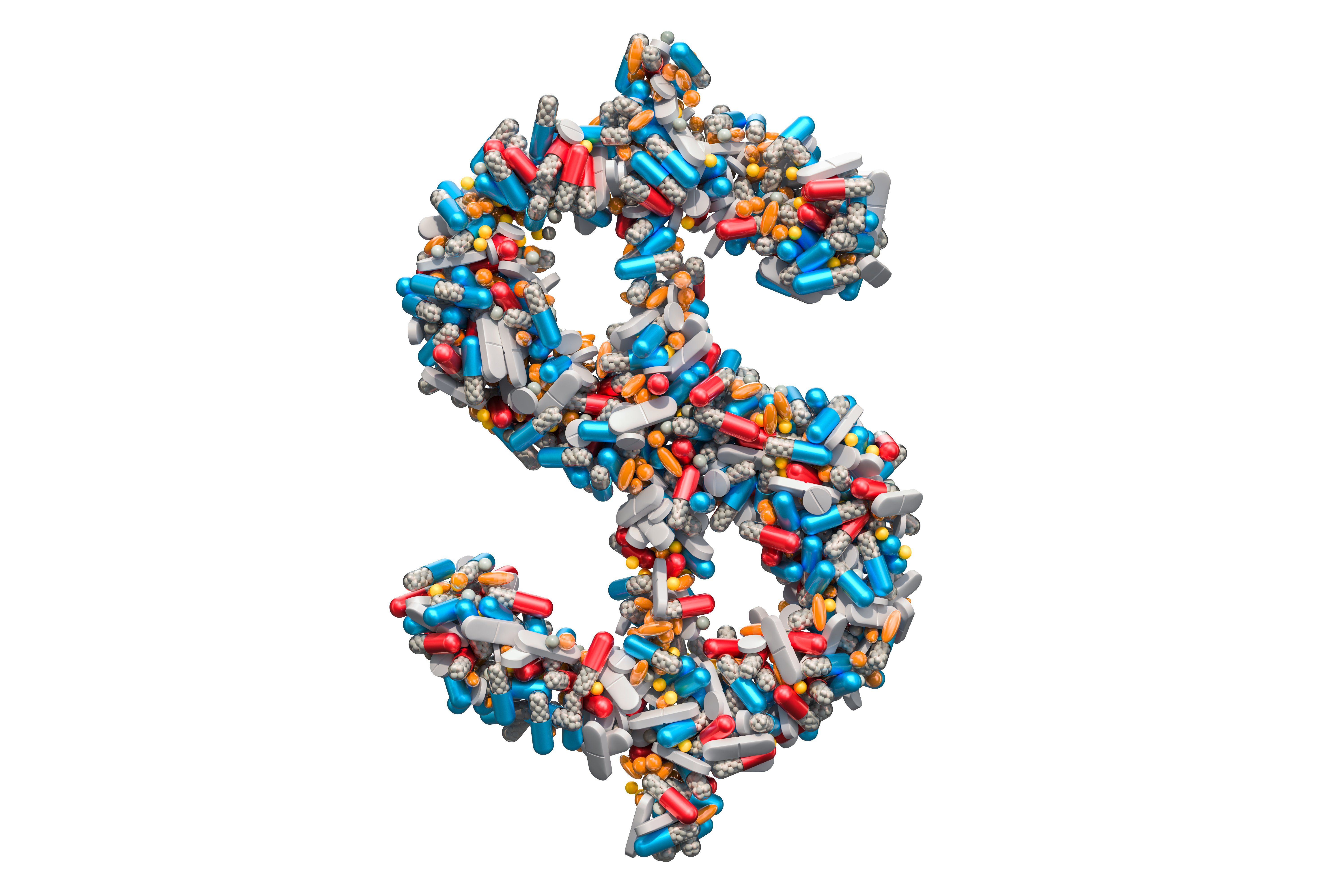- Drug Coverage
- Hypertrophic Cardiomyopathy (HCM)
- Vaccines: 2023 Year in Review
- Eyecare
- Urothelial Carcinoma
- Women's Health
- Hemophilia
- Heart Failure
- Vaccines
- Neonatal Care
- NSCLC
- Type II Inflammation
- Substance Use Disorder
- Gene Therapy
- Lung Cancer
- Spinal Muscular Atrophy
- HIV
- Post-Acute Care
- Liver Disease
- Pulmonary Arterial Hypertension
- Safety & Recalls
- Biologics
- Asthma
- Atrial Fibrillation
- Type I Diabetes
- RSV
- COVID-19
- Cardiovascular Diseases
- Breast Cancer
- Prescription Digital Therapeutics
- Reproductive Health
- The Improving Patient Access Podcast
- Blood Cancer
- Ulcerative Colitis
- Respiratory Conditions
- Multiple Sclerosis
- Digital Health
- Population Health
- Sleep Disorders
- Biosimilars
- Plaque Psoriasis
- Leukemia and Lymphoma
- Oncology
- Pediatrics
- Urology
- Obstetrics-Gynecology & Women's Health
- Opioids
- Solid Tumors
- Autoimmune Diseases
- Dermatology
- Diabetes
- Mental Health
How ICER Will Put Together Its 2020 Unsupported Price Increase List

The Institute of Clinical and Economic Review (ICER) announced changes in its methods for picking drugs for inclusion in its annual “unsupported price increase” report, a kind of rogue's gallery of pharmaceutical price hikes.
But in a press release ICER said the changes it is making will allow for manufacturers input and expand the type of studies it will consider. The 2020 report is scheduled to be published in January 2021, according to the press release.
The drugs on ICER’s unsupported price increase list last year were Humira (adalimumab, AbbVie), Lyrica (pregabalin, Pfizer), Truvada (tenofovir disoproxil fumarate, Gilead), Rituxan (rituximab, Genentech), Neulasta (pegfilgrastim, Amgen), Cialsis (tadafil, Eli Lilly), and Tecfidera (dimethyl fumurate, Biogen). According to ICER’s calculations, the net price increases for those seven drugs were responsible for $4.8 billion in additional U.S. drug expenditures duringg 2017 and2018. Humira’s 15.9% price increase was, by ICER’s reckoning, responsible for $1.86 billion of that additional spending, or about 40% of the total.
Other changes that ICER is making this year including the pricing calculations to a year, rather than two, in order to match the annual timing of the report. It is also using the average price for a drug for the entire year rather than just the fourth quarter price.
Drug companies have been criticized for raising prices for existing drugs without any justification. ICER’s unsupported price increase report is an attempt to take a systematic look at price increases.
The process that ICER outlined in today's press release begins with identifyication of the top 100 drugs by net sales revenue in the U.S., administered in any setting. Then ICER researchers find drugs that have wholesale acquisition cost (WAC) price increases over twice the medical Consumer Price Index (CPI). They take the drugs in that group and arrive at a figures for net price. ICER then ranks drugs by the budget impact of net price increase over one year and puts together a top 10 list.
In the press release ICER said will it supplement that top 10 list with up to three additional drugs based on public input.
Jack Linehan of Epstein Becker Green Discusses Drug Coupons, Accumulators
July 9th 2020In this week's episode of Tuning Into The C-Suite podcast, Senior Editor Peter Wehrwein has a conversation with John "Jack" Linehan, a lawyer for Epstein Becker Green, about coupons and accumulators. Jack is an expert on drug distribution and reimbursement, and few people know as much about coupons and accumulators as he does. Peter and Jack go over some of the basics, who is advantaged and disadvantaged, and then dive into some the details on CMS regulations and how recent proposed changes to Medicaid best price rules would, if finalized, affect coupons and accumulators.
Listen
In this second part of a video series, AMCP CEO Susan Cantrell addressed the impact of high prescription drug prices on underserved communities, highlighting disparities in access caused by the pandemic's effects on minority populations. On the industry blame debate, she urged collaborative solutions, mentioning AMCP's engagement with diverse stakeholders to find comprehensive, patient-centric solutions and advocate for policy changes like the MVP Act to address rising costs and access challenges.
Read More
HHS Needs More Rebate Information To Negotiate Medicare Drug Prices, Say USC Experts
February 19th 2024The Health and Human Services department could wind up overpaying (or possibly underpaying) for the drugs for which it is negotiating a “maximum fair price” for Medicare under the Inflation Reduction Act, argue experts at the USC Schaeffer Center for Health Policy and Economics. A fuller picture of rebates and net prices could help that from happening, they say.
Read More
